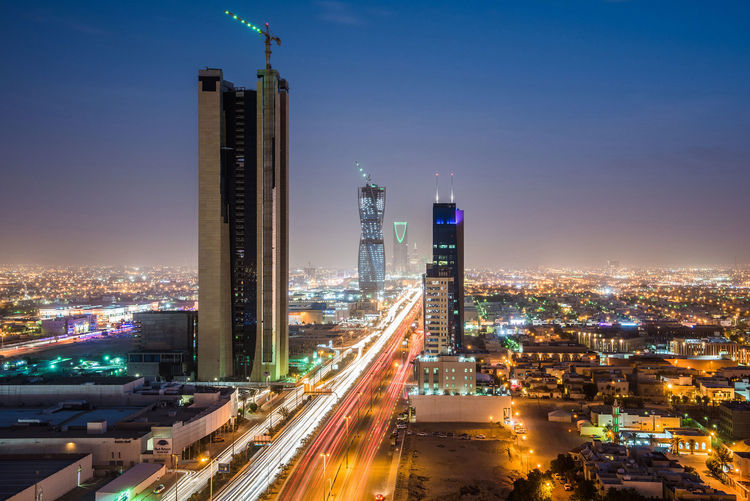
OPEC’s big drama may well be just a one-act light opera.
Saudi Arabia’s oil minister Khalid Al-Falih says it may not be necessary to extend the deal reached by the group and some non-member nations to cut oil supply by around 1.8 million barrels a day beyond its initial six months, and that doing so could create a shortage. That seems a very quick and painless solution to an oversupply problem that has bedeviled the oil market for the past two years, brought several producers to the brink of collapse and tipped others over it.
It took a lot for the Saudis to agree to this deal in November, but the rationale seemed at least to make sense. Brimming supply had created financial difficulties for the kingdom, and also complicated the forthcoming IPO of a small part of Saudi Aramco.
The latest numbers from the Joint Organisations Data Initiative offer a different, and compelling, narrative. It turns out that, as the deal was being thrashed out, Saudi Arabia was enjoying a 35-year high in total oil exports.
One big factor was a huge drop in the amount of oil the country needs to burn to generate electricity. The punishing Saudi summers boost demand for electricity — mostly to run air-conditioners — to a level that previously required vast amounts of oil-fired generating capacity to be brought into use. The direct burning of crude oil in power stations would roughly double to about 900,000 barrels a day at the height of the season.
But that changed last year. The start-up of the Wasit gas plant allowed the kingdom to slash the use of crude in power generation by as much as a third — freeing that oil up for export. In addition, the kingdom cut fuel subsidies, pushing down oil consumption by 2 percent year-on-year in the first eleven months of 2016. That’s the first dip since at least 2003, when JODI records begin.
This left Saudi Arabia with an embarrassment of riches as the OPEC negotiations were underway last year. Unless it cut output, it would start flooding the market during the first half of 2017. The stars were aligned for it to solve the problem by persuading others to share the burden in a way that has not been seen since the financial crisis of 2008, while at the same time restoring its credentials as a team player within OPEC.
We really don’t know, and never will, what the true Saudi motivation for agreeing to production cuts was or is. But this new read on the Saudis’ motivations for agreeing to the deal has the benefit of explaining why Al-Falih is looking for a six-month time line and why the kingdom has been prepared to make such a deep cut in its production. Its surplus will have disappeared by that time, at which point it can start to boost production again in order to get exports back to the level it wants to maintain.
Such a move could easily be the catalyst for the whole deal to fall apart by June. And there’s no way the global backlog of inventory will be dealt with at that time. This seems a situation designed to antagonize the rest of the group and create a raft of bad feeling.
If maintaining exports is more important to Saudi Arabia than balancing the market, then so is a willingness to back out on a hard-won deal that took the kingdom and its partners a lot of political capital to achieve.
Recommended for you
